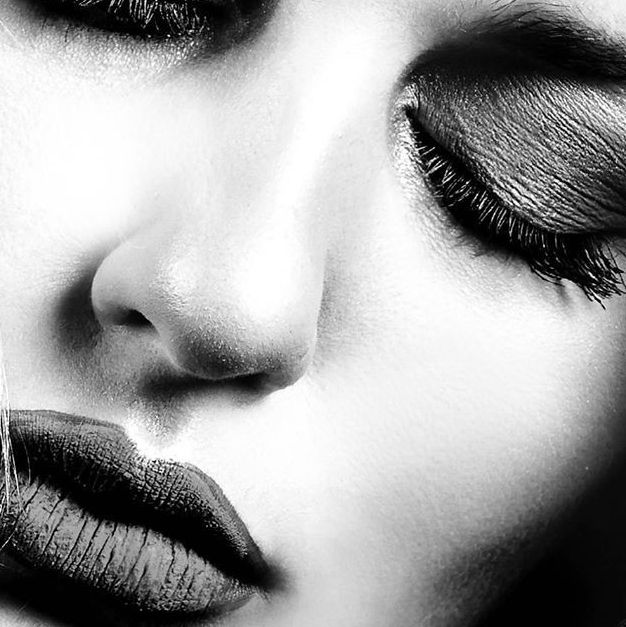
I’m sitting here icing the side of my eye from an injury, musing over another rejection from a vanity publication, and trying to massage the bruising from both.
I am a photographer. I’m also legally blind (and the aforementioned injury resulted from a blind spot in my vision that caused me to hit the side of an open cabinet door).
There have been plenty of articles written about the rigid standards in the fashion and beauty industry – but probably not enough – be that lack of diversity in size, height, race and a sort of boys only club that still persists. However, little has been written about my biggest obstacle at the moment: accessibility as a visually-impaired photographer.
What might come to mind when I mention accessibility could be certain lighting aides or assistants, and those things are all important and should be discussed. But in my case, when I speak of accessibility, I’m referring to a fundamental reshaping of the industry gatekeeping that leaves little room for anything but precision and the sharpest of focus, the smoothest of lines. Sure, with any profession, critical governing standards that define such an industry should prevail. Medical lawsuits make this clear. But in the industry in which I’m currently navigating, standards can range from strict to completely arbitrary. And many of those “rules” are broken depending on who you are, or who you know. What defines a good beauty photo, for example? Or, rather, what disqualifies a beauty photo from being worthy of publication? A stray hair? An actual visible pore?
I’m asking because these are the very things that are often lost on me as a person with a severe visual impairment. As part of my vision loss (you can find out more about my disease called retinitis pigmentosa here), certain fine details are not as apparent to me. But I find that these are the details that in real life usually do not matter in the first place. When you see a loved one, a romantic interest, or your pet, you see their essence, what makes them beautiful.
There are certainly technical aspects that I believe a photographer must possess but the industry must begin to take into account that there are those who have much to offer in the way of talent, creativity, and originality, but whose disabilities may preclude them from competing on the same level as other top photographers whose work is highly regarded, but not more valuable than the work of these disabled artists. After all, art is still subjective. And before this is simply taken as sour grapes, I have been privileged enough to be published in some large publications, and even my rejections are given complimentary feedback (aside from, again, attention to finer details). One popular magazine even stated that my editorial was a “gem that needed polishing”—simply due to post-processing that had nothing to do with the substance or the overall merit of the photos, but those smaller details that simply do not matter in my opinion, or are even noticed by the average viewer. The editorial went on to be accepted by another magazine with a lesser platform but I see this as an accommodation of my sight, not as a downgrade. The “meat and potatoes” were all that mattered to this outlet and the images have been well received since their release. I believe this is largely due to the masses now craving dynamic images that are real, “flaws and all,” rather than the highly retouched images that we have all become accustomed to accepting as “industry standard.” It’s time for change.
Legally blind photographers may lack sight, but not vision, and there must be room for embracing the essence of an image—the feeling of it, just like in any creative genre—rather than following a rulebook or checklist to determine whether the image has been on the receiving end of the clone tool, frequency separation, and so on. For me, this represents accessibility; the ability to create a photograph that is visually appealing, something even considered “high end”, but whose minor flaws and imperfections are dismissed as inconsequential minutiae in favour of its essence, and true beauty.
